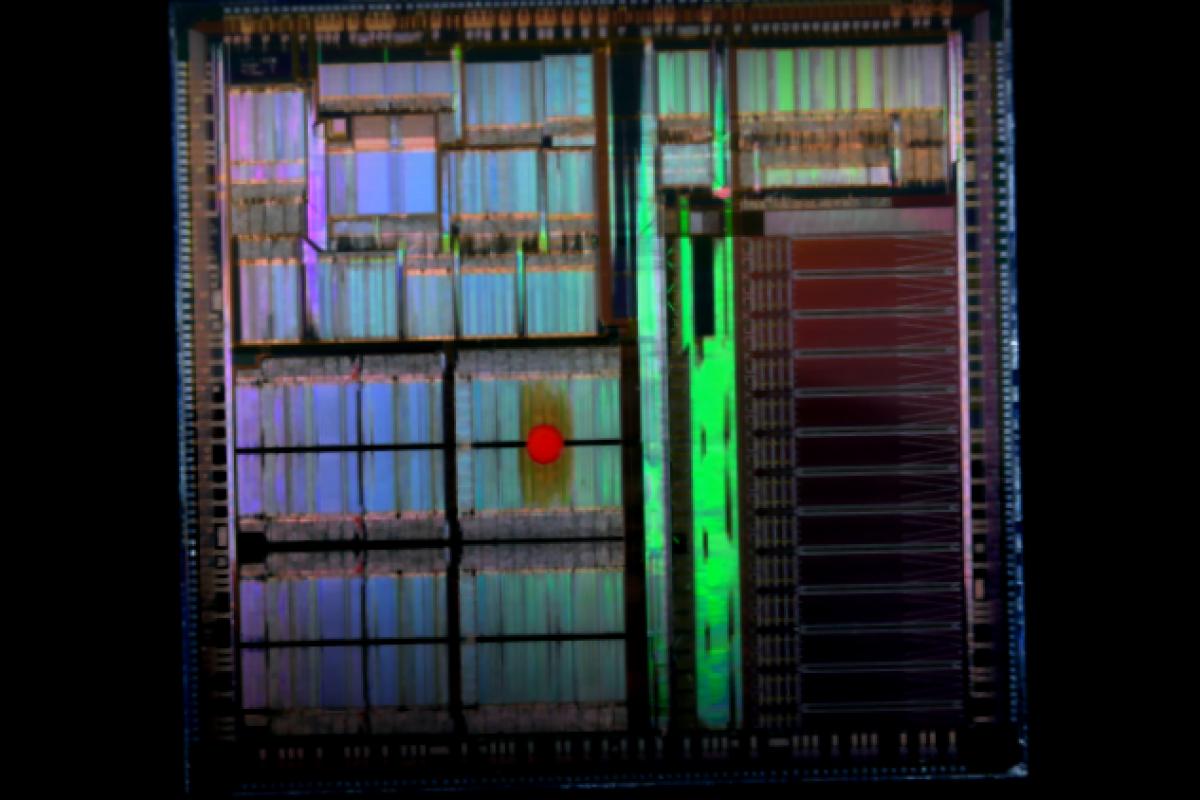It feels like something straight out of a sci-fi movie, but it’s real: a professor at the University of Colorado Denver has created an incredible new chip about the size of your thumb. What’s impressive? It can accomplish tasks that would traditionally require massive, expensive mile-long particle colliders!
So, what’s the big deal? This nifty chip has the potential to revolutionize cancer treatments and could even shed light on some of the craziest questions in science—like whether we’re living in a multiverse.
Let’s break it down. Dr. Aakash Sahai, the mastermind behind this invention, developed a way to create extremely intense electromagnetic fields using a silicon-based material. Until now, generating such powerful fields meant resorting to huge facilities like the Large Hadron Collider in Switzerland, which take up tons of space and money. But this chip is a game-changer—small enough to fit in your palm!
Now here’s where it gets even more exciting:
In the medical realm, these extreme energy fields could potentially power gamma ray lasers (that’s right, real gamma ray lasers!). If everything goes according to plan, doctors might be able to use these lasers to precisely target and destroy cancer cells right at the atomic level—forget about invasive surgeries and damaging healthy cells! We’re talking about making tiny adjustments without any collateral damage.
And switch to the physics side for a moment. Sahai’s chip could allow researchers to finally test intriguing theories regarding the multiverse—think of those deep questions you typically hear in documentaries narrated by Morgan Freeman. With this technology, scientists could conduct experiments like never before because they’ve finally got a tool that’s powerful, compact, and safe.
Of course, this is just the beginning. Sahai and his graduate student, Kalyan Tirumalasetty, will return to Stanford’s SLAC accelerator lab this summer to work on further enhancing their design. The groundwork has already been laid—CU Denver has secured patents, and this chip has even made its way to the cover of a prestigious quantum science journal.
Is this chip going to be curing cancer next year? Probably not. But in ten years? Who knows! Right now, it’s generating a buzz among scientists not just because of its capabilities, but also due to the potential revelations it may usher in.
Source: Science Daily



















